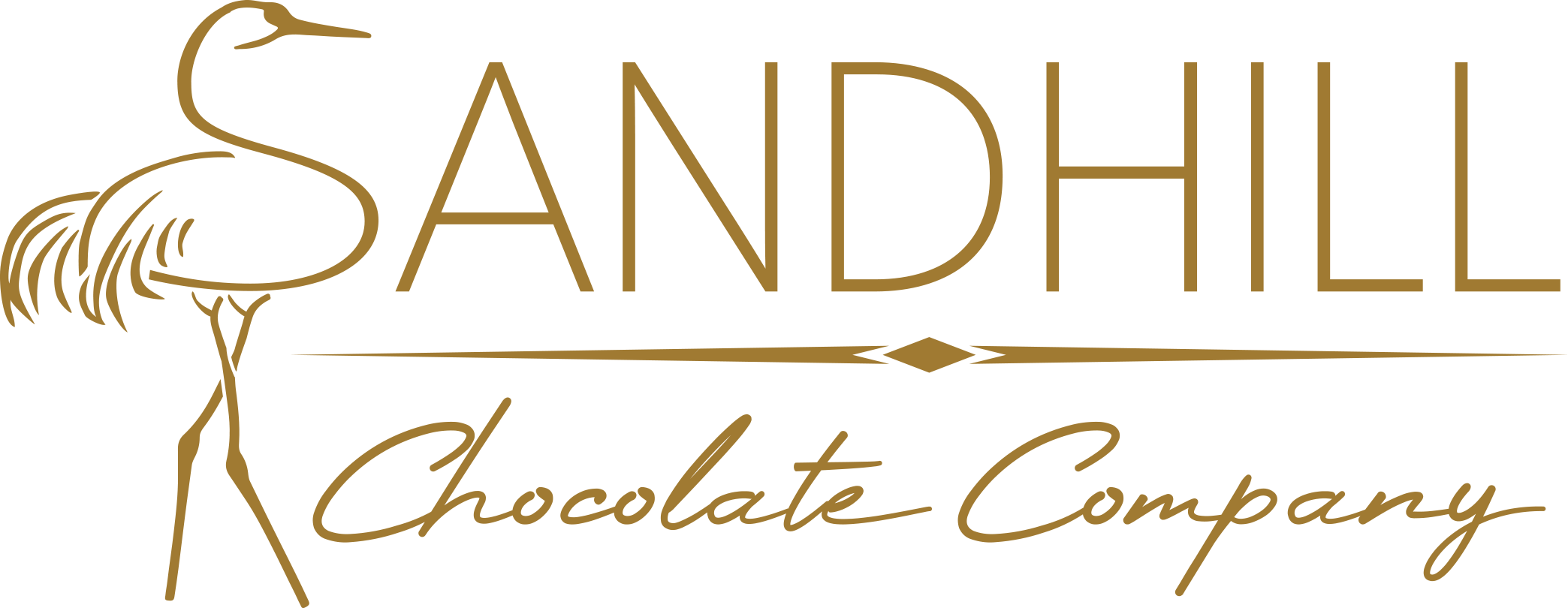
We’re Working on Something Great!
Thank you for visiting Sandhill Chocolate. Our website is currently undergoing some improvements to create a better user experience.
If you have any questions or need assistance, feel free to reach out to us at hello@sandhillchocolate.com.
We hope to be back online soon and appreciate your patience!
— The Sandhill Chocolate Team